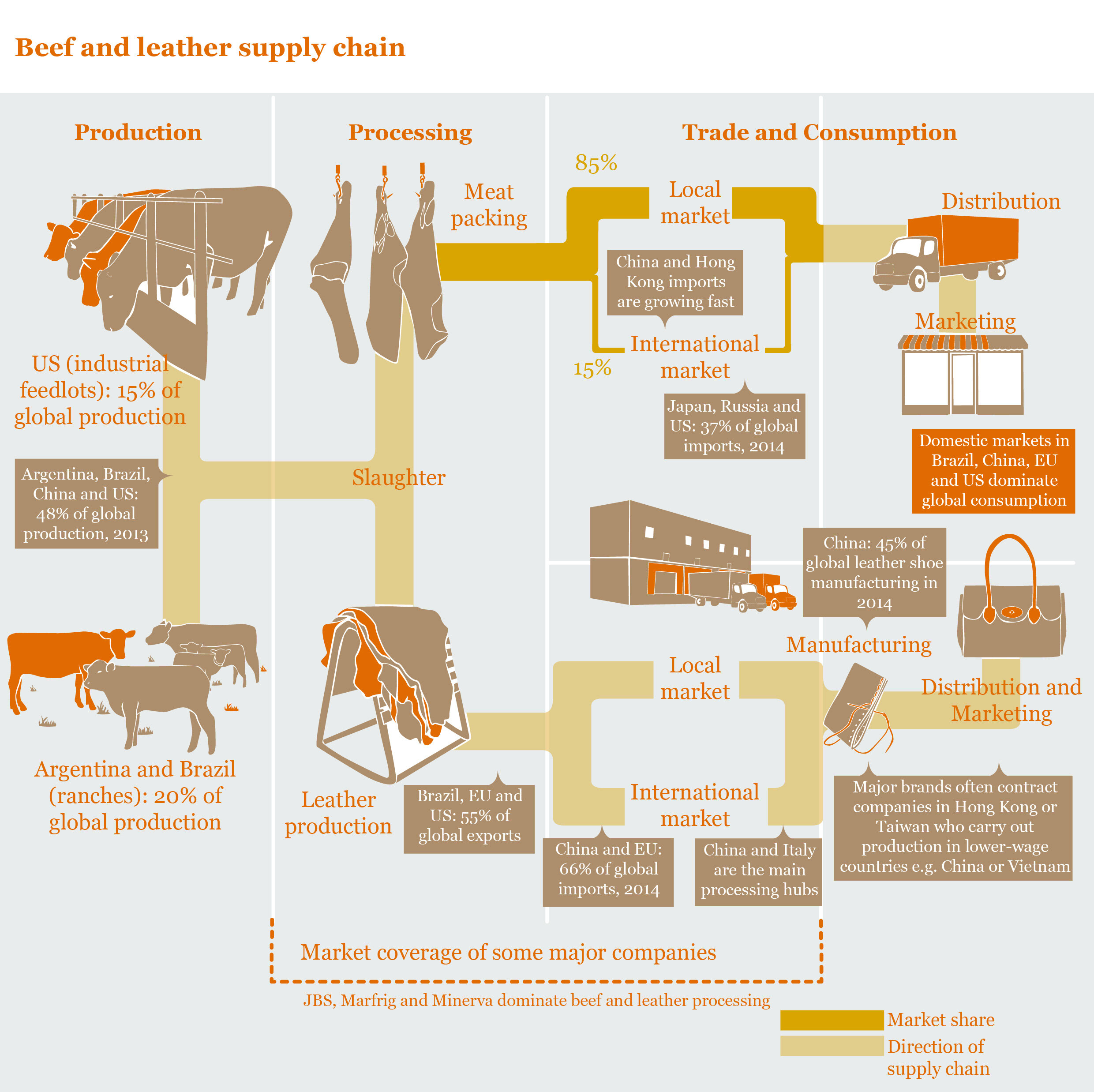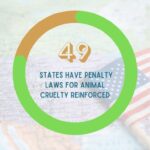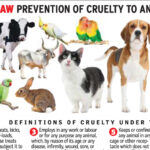The leather industry has long been a topic of passionate debate, titillating the interest of consumers, environmental activists, and ethical advocates alike. The dichotomy presented by leather as both a fashionable staple and a source of severe animal cruelty raises significant questions about our responsibilities as consumers and the ethical implications of our fashion choices. This article will dissect these complexities and provide a comprehensive examination of whether leather constitutes mere fashion or, inexorably, a form of animal cruelty.
At its very essence, leather exudes an aura of luxury and sophistication. Commonly used in an array of products ranging from clothing to accessories and furnishings, it evokes an undeniable tactile appeal. Yet, beneath this polished veneer lies a dark underbelly characterized by profound environmental and ethical ramifications. The methodical process of transforming animal hides into leather involves not only the extraction of these skins but also a labyrinthine network of industrial practices, many of which give rise to ethical dilemmas.
The process begins on farms where animals, primarily cows, pigs, sheep, and goats, are bred, raised, and ultimately slaughtered for their skins. The proliferation of factory farming techniques has transformed this operation into an assembly line of sorts, where animals are confined in cramped quarters, often stripped of basic comforts as they are bred for commercial gain. Critics of this system argue that such practices elicit significant suffering. Not only are animals exposed to inhumane conditions, but they also endure a harrowing finality: transportation to slaughterhouses where their deaths are orchestrated in unforgiving ways.
Animal welfare advocates contend that the leather industry perpetuates systemic cruelty. The shockwaves from the actions taken in these confines are felt through the realms of ethics, environmental sustainability, and social justice. Each hide represents not just fashion, but a life taken in conditions that many would deem unacceptable—conditions where fear, pain, and a lack of respect for sentient beings reign supreme.
Interestingly, proponents of the leather industry often argue that the consumption of leather is a byproduct of the meat industry, suggesting that as meat is already being produced for food, the use of hides is a practical extension. They assert that this creates a more sustainable cycle, arguing that utilizing the entire animal reduces waste. While this perspective holds some merit, it does not assuage the ethical concerns tied to the treatment of animals therein. The moral calculus of whether it is justifiable to use an animal for multiple purposes does little to alleviate the suffering of these sentient beings.
In addition to ethical implications, the environmental consequences of leather production must not be overlooked. The tanning process involves chemical treatments to preserve the leather and enhance its appearance, thanks to a myriad of toxic substances such as chromium. The contamination of local water supply with these effluents poses not just a risk to nearby ecosystems, but to communities dependent on these freshwater sources. Such impacts have led to significant activism against the industry, calling for greater accountability and sustainable practices.
As consumers grow increasingly aware of these issues, alternative materials have entered the market, fueled by a burgeoning trend towards veganism and cruelty-free living. Synthetic leathers, derived from plastics and other materials, offer an alternative that proponents argue mitigates animal cruelty. However, the benefits of these materials are often counterbalanced by their environmental impact, particularly regarding microplastics and their non-biodegradable nature.
Another promising alternative lies in plant-based leathers, such as those made from pineapple leaves (Piñatex), mushroom mycelium, and other florae. These materials strive to bridge the gap between fashion and ethics, offering a cruelty-free, sustainable option that satisfies the conscience of the modern consumer. Each innovation heralds a shift in consumer demand, challenging the long-standing supremacy of traditional leather and offering an ethical sanctuary from animal cruelty.
The ongoing evolution of consumer preferences illustrates a growing awareness that transcends mere aesthetics; it reflects a paradigm shift in the values of contemporary society. This awakening has spurred dialogues around sustainable fashion, forcing brands to reevaluate their practices and make strides towards more responsible methods of sourcing and production. Thus, as consumers become more cognizant, their purchasing choices influence the broader industry, pivoting it toward ethicality.
The question of whether leather is simply fashionable or a manifestation of animal cruelty does not yield an unequivocal answer. Instead, it is a multifaceted dilemma that intertwines our choices, environmental responsibility, and ethical considerations. As the industry grapples with these pressing concerns, the onus lies with consumers to propagate change by demanding transparency, sustainability, and humane practices.
In summary, the leather industry’s legacy is fraught with complexities that demand attention and introspection. It is a landscape where fashion intersects with values, where consumer awareness can wield significant influence. The crux of the matter hinges upon the choices we make and the ethical implications they invoke. By exploring alternatives and advocating for humane practices, we can contribute to crafting a future where luxury and compassion walk hand-in-hand, forging a fairer world for all sentient beings.







